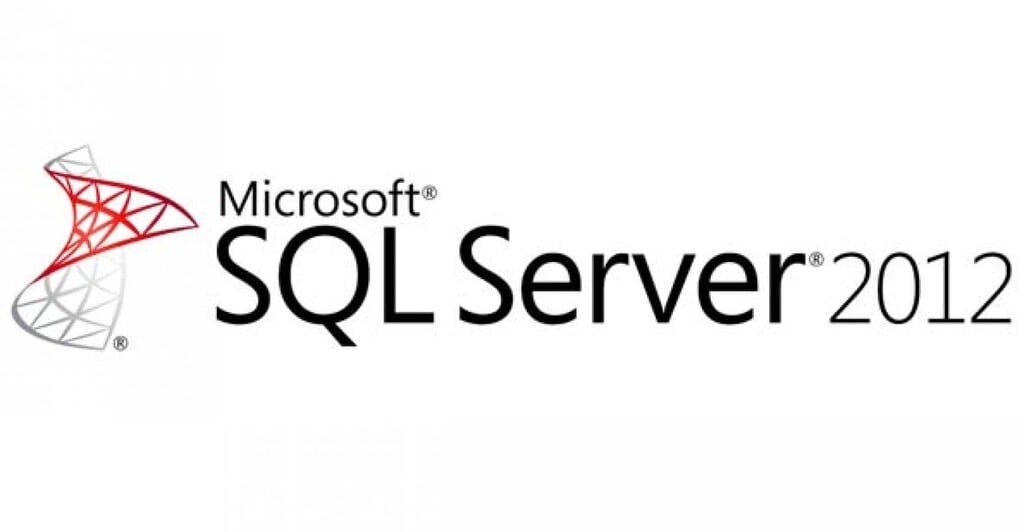Microsoft Master Data Services in SQL Server 2012

Microsoft SQL Server Master Data Services (MDS) is a Master Data Management (MDM) product from Microsoft. Master Data Services is the rebranding of the Stratature MDM product titled +EDM, which Microsoft received in June 2007. Master Data Services is architecturally comparable to +EDM, with accelerated integration with other Microsoft applications as well as some new functions. Master Data Services first shipped with Microsoft SQL Server 2008 R2. The next version of Master Data Services is in Microsoft SQL Server 2012, which has major adjustments to the analytical and transactional capabilities, as well as better integration with different products inclusive of Data Quality Services (DQS) (see SQL Server 2012 (“Denali”): Master Data Services).
So what precisely is MDM?
MDM, or grasp statistics control, may be defined as the technology, tools, and techniques required to create and hold steady and correct lists of master facts. MDM isn't always just a technological problem. In many cases, fundamental adjustments to the business system might be required to keep clean master facts, and a number of the hardest MDM troubles are greater political than technical. MDM includes both growing and preserving grasp records. Investing a variety of time, money, and attempt in growing a smooth, constant set of grasp records is a wasted effort unless the solution includes gear and methods to maintain the grasp information clean and constant because it is up to date and expanded. The end consequences are you have “golden” data that provide you with an unmarried version of the truth in one location. Read more SQL DBA Online Training
MDM also can be defined with the aid of the manner that grasps facts that interacts with other statistics. For example, in transaction systems, master statistics is almost usually involved with transactional records. A patron buys a product. A seller sells a part, and an accomplice offers a crate of materials to a location. A worker is hierarchically related to their manager, who reviews up via a manager (another worker). A product may be part of a couple of hierarchies describing their placement inside a store. This dating between grasp information and transactional facts can be fundamentally viewed as a noun/verb dating. Transactional records seize the verbs, together with sale, delivery, purchase, email, and revocation; grasp information is the nouns. This is the equal dating data-warehouse facts and dimensions share.
So what's Master Data Services?
Master Data Services (MDS) helps corporations standardize and streamline the business information customers use across their agency to make vital commercial enterprise decisions. MDS is a Master Data Management (MDM) software built from platform additives which may be deployed as a utility or extended using the use of the platform components to continually define and manage the important data entities of an enterprise. MDS is an any-domain hub that supports but isn't always confined to domain names such as product, patron, location, value center, equipment, worker, and seller.
Using MDS, clients can manipulate vital data belongings with the aid of enabling proactive stewardship, enforcing data best rules, defining workflows around statistics modifications, notifying impacted parties, managing hierarchies, and sharing the authoritative supply with all impacted structures.
MDS has many functions such as modeling, hierarchies, commercial enterprise rules, workflows, security, auditing, versioning, and integration. SQL Server Integration Services (SSIS) is regularly used together with MDS to assist build the MDS entities.
So what's DQS?
Before adding extra information to MDS, you may now “easy” the records through performing such duties as confirming which you aren’t adding duplicate facts. The MDS Add-in for Excel makes use of SQL Server Data Quality Services (DQS) to evaluate two resources of facts: the records from MDS and the facts from another device or spreadsheet. DQS provides guidelines for updating your records, along with the percent of self-assurance that the changes are accurate.
Main situations for the use of MDS:
Operational Data Management – Central facts statistics management and consumption sourced via different operational systems. For example, propagating a correct customer grasp to many internal systems all from distinctive vendors. The main reason for Operational Data Management is pushing information out from MDS.
Data Warehouse / Data Marts Management, or Analytical Management – Enable business users to manage the dimensions and hierarchies of DW / Data Marts (BI scenarios) to be used in generating reports. For example, building a patron dimension in the statistics warehouse that makes use of as its source many patron lists from multiple inner assets (i.E. ERP, CRM, etc). All those separate systems generally can’t import a master list. So they use their very own lists and updates are fed into MDS. The main motive of Data Warehouse / Data Marts Management is pulling facts into MDS.
Data Solutions – Provides storage and management of the objects and metadata used as the utility knowledge (Object mappings, Reference Data / managed item files, Metadata management/data dictionary). For example, dealing with a table containing records on mapping items between extraordinary systems that are utilized by an ETL method to make transformation decisions.
If you want to learn about SQL, then Getting Started with SQL Server DBA Online Training in onlineitguru is an excellent course to start with.
Text je součástí Refresher blogu, není redakčním obsahem. Administrátory můžete kontaktovat na [email protected].
Chceš vědět, když ruhhana ali přidá nový blog?
Zadej svůj mail a dostaneš upozornění. Kdykoliv se můžeš odhlásit.